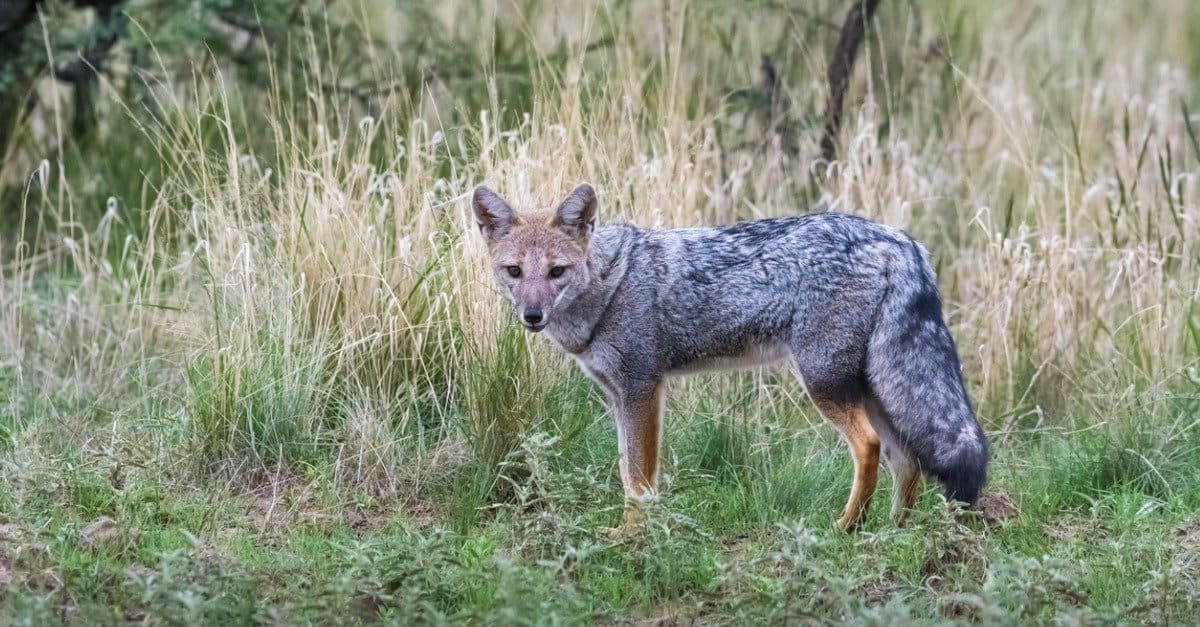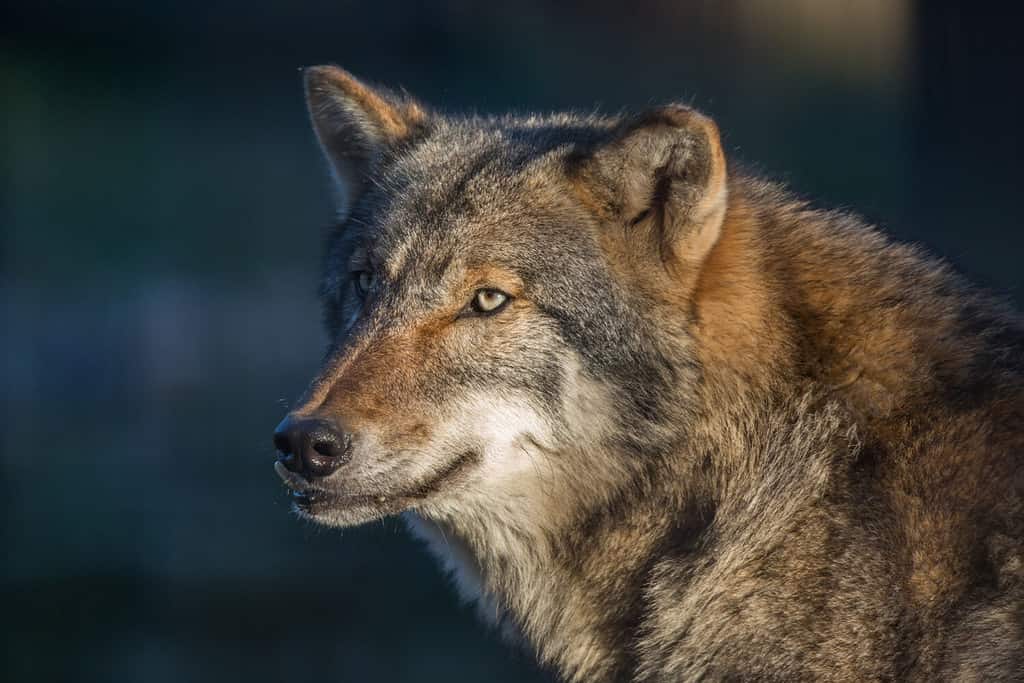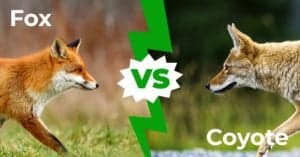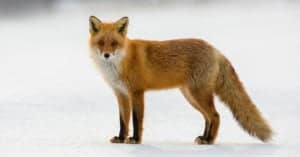Continue reading for our analysis...

Whilst foxes may look like small-to-medium-sized dogs they are completely different species. We have trained some breeds of dogs to both pursue and kill foxes so the chances of them mating with each other seemed remote. Even if they were to mate, the fact that they belong to different species made it unlikely that a successful pregnancy would follow. Unlikely but not impossible! Now scientists have revealed the existence of a hybrid between a female pampas fox (Lycalopex gymnocercus) and a male domestic dog (Canis lupus familiaris) – a dog-fox hybrid named a dogxim.
Research published earlier this year describes a female dog-fox hybrid bought into a wildlife rehabilitation center in Brazil. As you can see in the clip below, the female looked both like a fox and like a domestic dog which raised suspicions that she could be a hybrid animal. Furthermore, she liked to eat small mammals like a fox but barked like a dog. Genetic tests confirmed that she was indeed a cross between a fox and a domestic dog. She had 76 chromosomes whereas the domestic dog had 78 chromosomes, and the pampas fox had 74.
Why Are Hybrids So Unusual?
This news is significant because hybrids are not common. Mating behavior and courtship rituals are very species specific and so animals from different species simply don’t find each other attractive! Even if they do mate, their genetic incompatibility means that a pregnancy will not result.
The more closely related the two parent animals are, the more likely the chance of a successful outcome. We know that dogs can mate with gray wolves successfully and wolf-hybrids are relatively well known.
Hybridization can be a good thing if it allows populations to adapt to changes in the environment. However, they can also present problems.

Wolves are more closely related to dogs than foxes.
©Szczepan Klejbuk/Shutterstock.com
What Does This Mean for Wildlife Populations?
It may sound cute to mix a fox with a dog but the implications for wildlife populations can be negative. As human activity brings our domestic animals into closer proximity to wildlife, the opportunities for hybridization increase. If hybrids become widespread in the natural environment, they may increase the opportunities for disease transmission from domestic animals such as dogs to wildlife. Their existence may also threaten the genetics of the wildlife stock. These new hybrids may even outcompete the natural wildlife for resources and may ultimately result in a reduction in wildlife populations. More research is needed to find out exactly what the implications of this development will be.
Thank you for reading! Have some feedback for us? Contact the AZ Animals editorial team.







